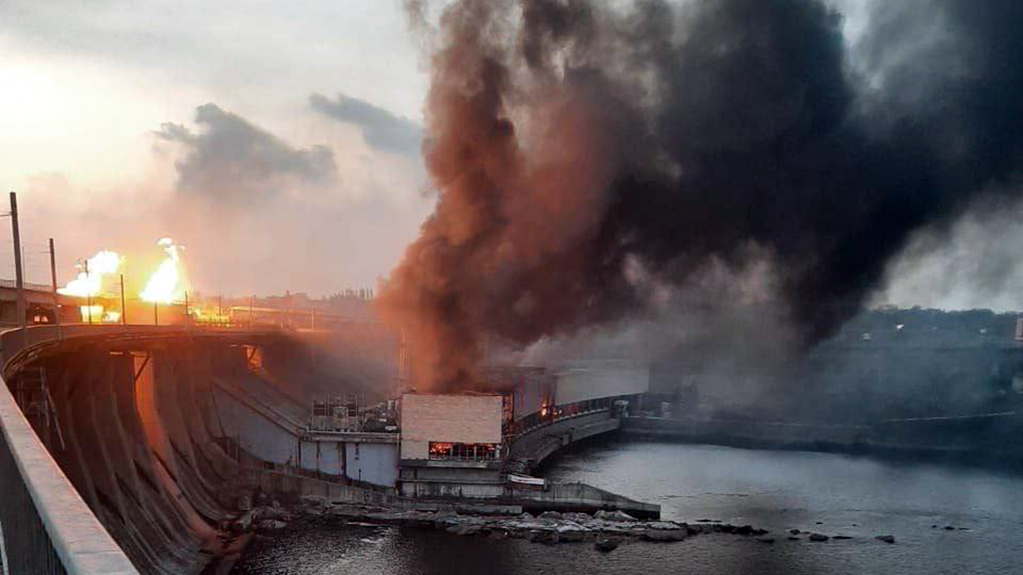Russia launched its largest recent attack on Ukraine. On the night of March 22, an air raid alert was announced throughout the country. Russia's targets were critical energy infrastructure in various regions, including hydroelectric and thermal plants, as well as main substations.
News
Trending stories
- 1 BBC investigation: WWI–Era Chemical Weapons Used to Disperse Tbilisi Protests
- 2 Starting in 2026, First-Year Students at Private Universities Will No Longer Receive State Grants
- 3 Geostat: The Average Salary in Georgia Is 2,271 GEL
- 4 NGOs Demand Answers on Which Chemical Substances MIA Used Against Protesters
- 5 Kobakhidze and Putin Attend International Forum on Neutrality in Turkmenistan
- 6 Zurabishvili Appeals to International Organisations to Investigate Possible Use of “Camite”
Using airplanes, Iskander missiles, Kinzhals, and X-101 cruise missiles, strikes were carried out in the Kharkiv, Vinnytsia, Sumy, Lviv, Zaporizhzhia, and Dnipropetrovsk regions.
According to the assessment of the head of the state company Ukrenergo, Volodymyr Kudrytskyi, the largest attack on the energy system of Ukraine was carried out, characterized by the use of combined weapons.
"Energy facilities have been damaged in many regions, especially, unfortunately, in the city of Kharkiv, where the scale of the damage is greater than elsewhere," said Kudrytskyi.
An attack also took place on the Dnipro hydroelectric plant, which is the largest hydroelectric plant in Ukraine. A fire broke out at the station, but the situation is under control. According to Volodymyr Kudrytskyi, there is no danger of the dam breaching.
According to the President of Ukraine, Volodymyr Zelensky, more than 60 Shahed drones and 90 different types of missiles participated in last night's attack. Zelensky reminded international partners that, unlike Ukraine's aid, Russian missiles have no delays.
"It is important to understand the cost of delay and delayed decisions. Patriot systems should protect Kharkiv and Zaporizhia. Air defense is needed to protect people, infrastructure, homes, and dams. Partners know exactly what is needed. They can really support it. It is necessary to make these decisions," said Zelensky.
Russia's attack also resulted in casualties. According to available information, at least 3 people were killed, 14 were injured, and 3 are considered missing in Zaporizhzhia.















